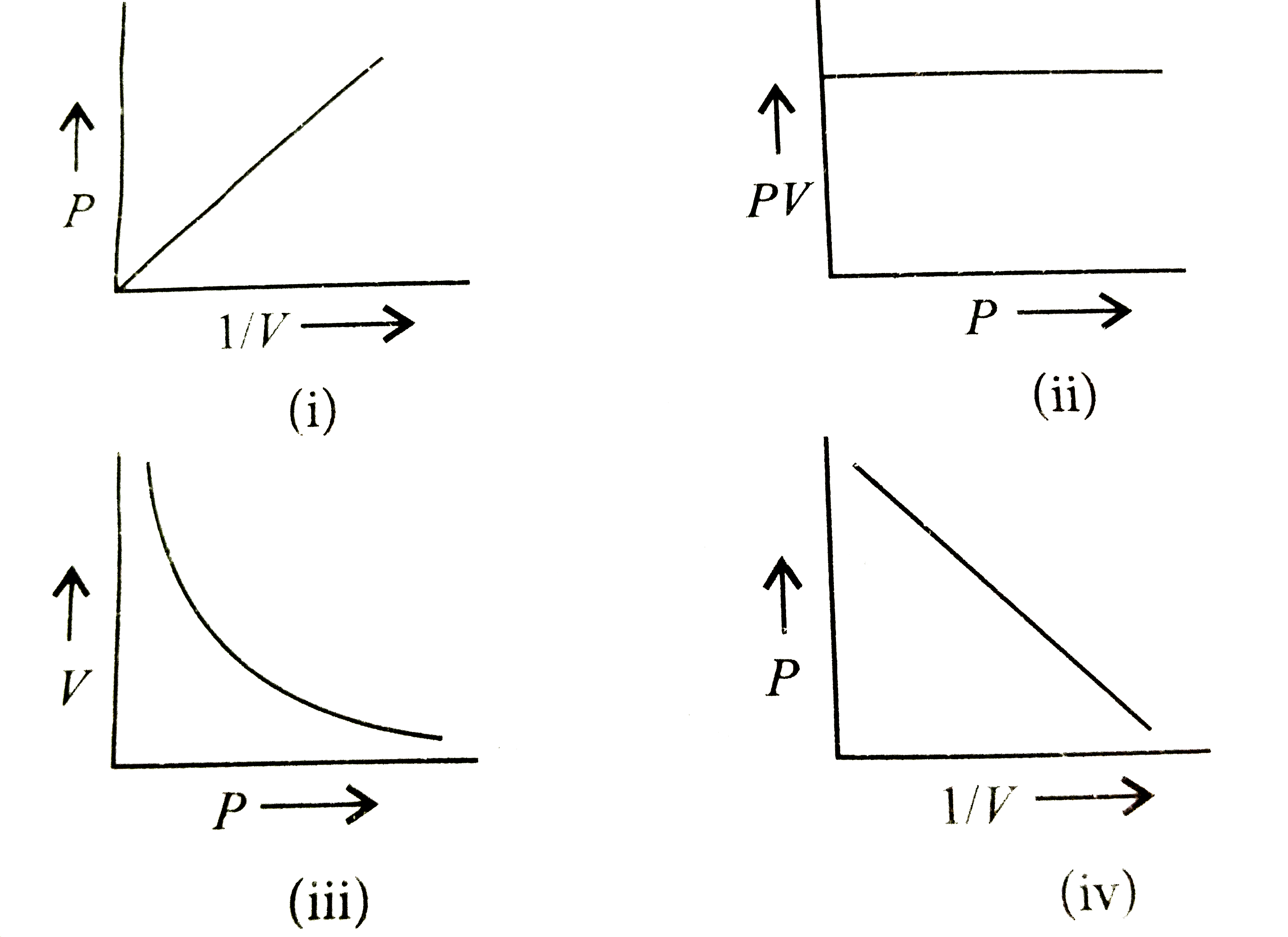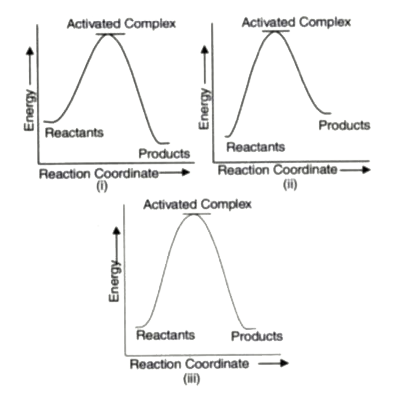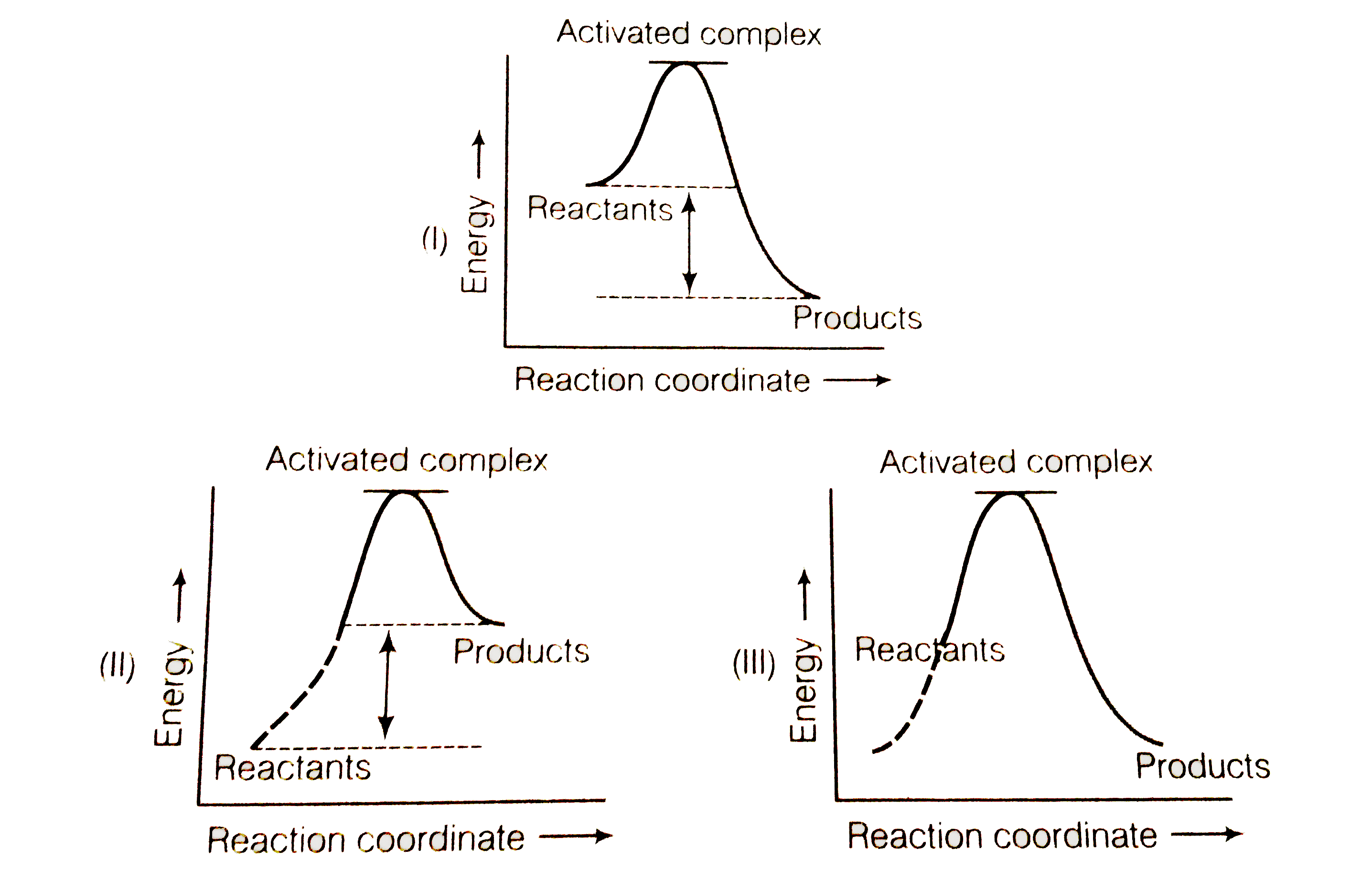Which of the following graphs represents the correct Boyle's law ?

A
(i) , (ii) and (iii)
B
(i) and (iv)
C
(ii) and (iii)
D
(i) , (ii) and (iv)
Video Solution
Text Solution
The correct Answer is:A
(i), (ii) and (iii) represent Boyle's law which is P∝1V or PV is constant at constant temperature.
|
Updated on:21/07/2023
Topper's Solved these Questions
- BOOK - NCERT FINGERTPS ENGLISHCHAPTER - STATES OF MATTER EXERCISE - Ideal Gas Equation33videos
STATES OF MATTER
- BOOK - NCERT FINGERTPS ENGLISHCHAPTER - STATES OF MATTER EXERCISE - Kinetic Energy And Molecular Speeds4videos
STATES OF MATTER
- BOOK - NCERT FINGERTPS ENGLISHCHAPTER - STATES OF MATTER EXERCISE - The Gaseous State1videos
STATES OF MATTER
- BOOK - NCERT FINGERTPS ENGLISHCHAPTER - SOME BASIC CONCEPTS OF CHEMISTRY EXERCISE - NCERT Exemplar11videos
SOME BASIC CONCEPTS OF CHEMISTRY
- BOOK - NCERT FINGERTPS ENGLISHCHAPTER - STRUCTURE OF ATOM EXERCISE - Assertion And Reason15videos
STRUCTURE OF ATOM
Similar Questions
Knowledge Check
- Question 1 - Select One
Which of the following graphs represents exothermic reaction ?
 A(i) onlyB(ii) onlyC(iii) onlyD(i) and (ii)
A(i) onlyB(ii) onlyC(iii) onlyD(i) and (ii) - Question 2 - Select One
Which of the following graphs represents exothermic reaction ?
 A(i) onlyB(ii) onlyC(iii) onlyD(i) and (ii)
A(i) onlyB(ii) onlyC(iii) onlyD(i) and (ii) - Question 3 - Select One
Which of the following graphs represents exothermic reaction ?
 A(i) onlyB(ii) onlyC(iii) onlyD(i) and (ii)
A(i) onlyB(ii) onlyC(iii) onlyD(i) and (ii)
Which of the following graph represents Boyle's law ?
View SolutionWhich of the following graphs represents exothoermic reaction?
 View Solution
View SolutionWhich of the following represents the ohm's law ?
View SolutionWhich of the following graph represents uniform motion
View SolutionWhich of the following graph represents uniform motion
View Solution



